homemade dog food grain free
Homemade Dog Food Grain Free: A Complete Guide
If you're looking for a healthier option for your dog, you may be considering making your own dog food. There are a number of benefits to homemade dog food, including the ability to control the ingredients and ensure that your dog is getting the nutrients they need. However, it's important to make sure that you're following a safe and balanced recipe.

This guide will provide you with everything you need to know about making homemade dog food grain free. We'll cover the benefits of grain-free dog food, the different ingredients you can use, and how to create a balanced diet for your dog. We'll also provide you with some tips for making your homemade dog food taste delicious.
Benefits of Grain-Free Dog Food
Grain-free dog food has become increasingly popular in recent years. There are a number of reasons for this, including the following:

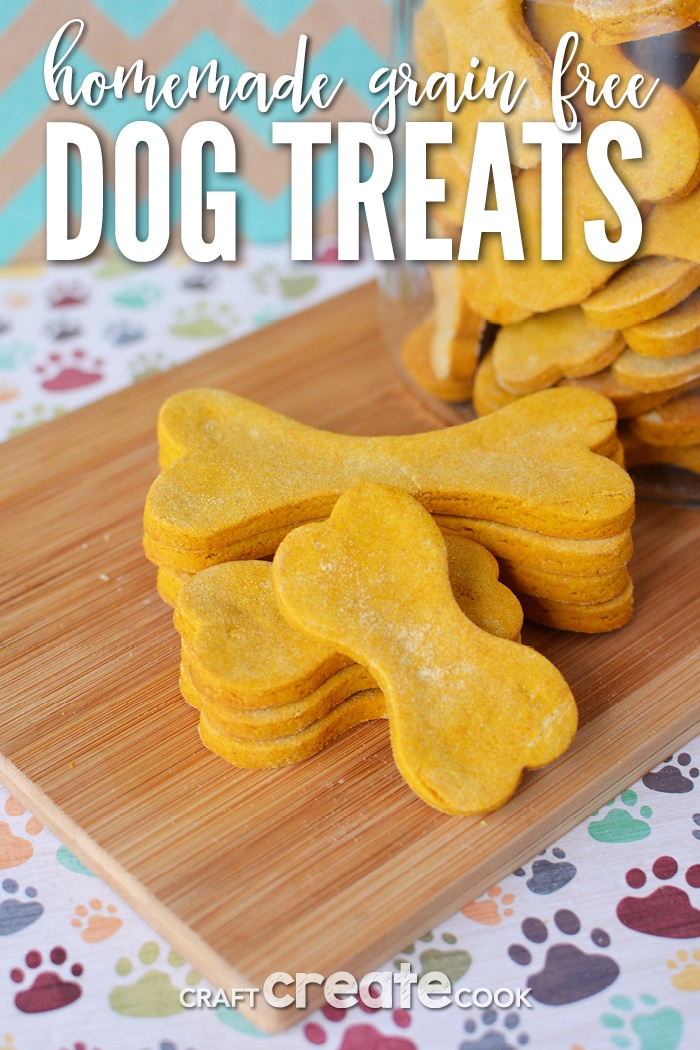
- Grain-free diets are often considered to be more natural for dogs. Dogs are descended from wolves, and wolves do not eat grains in the wild. As a result, some people believe that grain-free diets are better for dogs' digestive systems.
- Grain-free diets can help to reduce food allergies and sensitivities. Some dogs are allergic to grains, and a grain-free diet can help to eliminate these allergies.
- Grain-free diets can help to improve weight management. Grains can be high in carbohydrates, which can lead to weight gain. A grain-free diet can help your dog to maintain a healthy weight.
Of course, there are also some potential drawbacks to grain-free diets. For example, grain-free diets can be more expensive than diets that contain grains. Additionally, some grain-free diets are not as nutritionally balanced as diets that contain grains.

It's important to weigh the pros and cons of grain-free diets before making a decision about whether or not to feed your dog a grain-free diet. If you decide to feed your dog a grain-free diet, be sure to choose a diet that is nutritionally balanced and that meets your dog's individual needs.


Ingredients for Homemade Grain-Free Dog Food
When making homemade dog food, you have a wide variety of ingredients to choose from. Some of the most common ingredients include:
:max_bytes(150000):strip_icc()/7759713-e0677bd54ad54f629fe263234a87916e.jpg)
- Meats and fish: Beef, chicken, lamb, pork, fish, and eggs are all good sources of protein for dogs.
- Vegetables: Carrots, peas, sweet potatoes, and zucchini are all good sources of vitamins, minerals, and fiber for dogs.
- Fruits: Apples, bananas, blueberries, and strawberries are all good sources of vitamins, minerals, and antioxidants for dogs.
- Grains: Some people choose to add grains to their homemade dog food, such as brown rice, oats, or quinoa. However, if you're making a grain-free diet, you'll need to omit these ingredients.
- Oils: Oils such as olive oil, coconut oil, and fish oil can help to improve your dog's skin and coat and provide them with essential fatty acids.

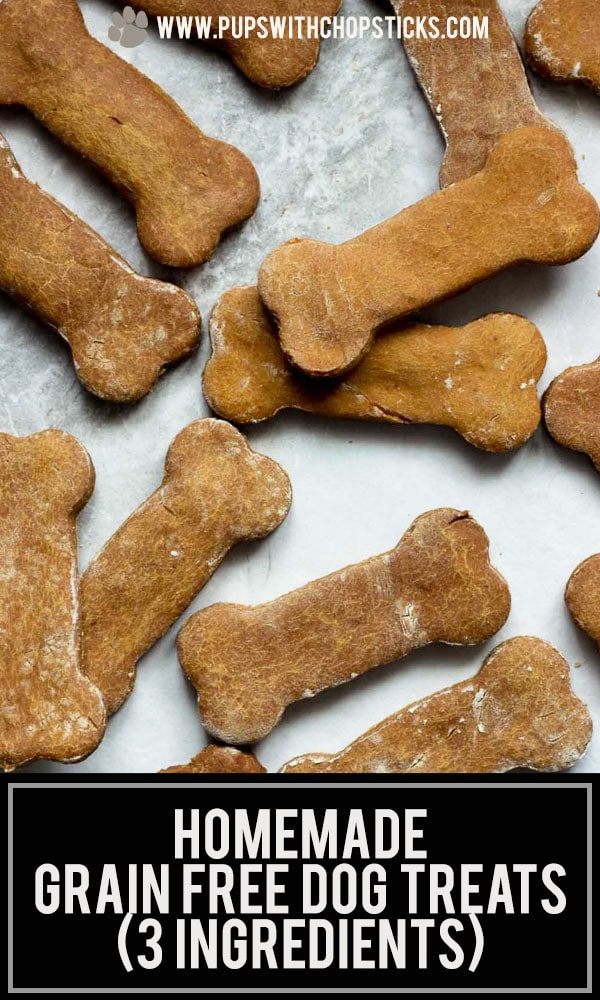
You can also add a variety of supplements to your homemade dog food, such as probiotics, enzymes, and glucosamine.
When choosing ingredients for your homemade dog food, it's important to make sure that you're using high-quality ingredients. You should also avoid using ingredients that are toxic to dogs, such as onions, garlic, and chocolate.
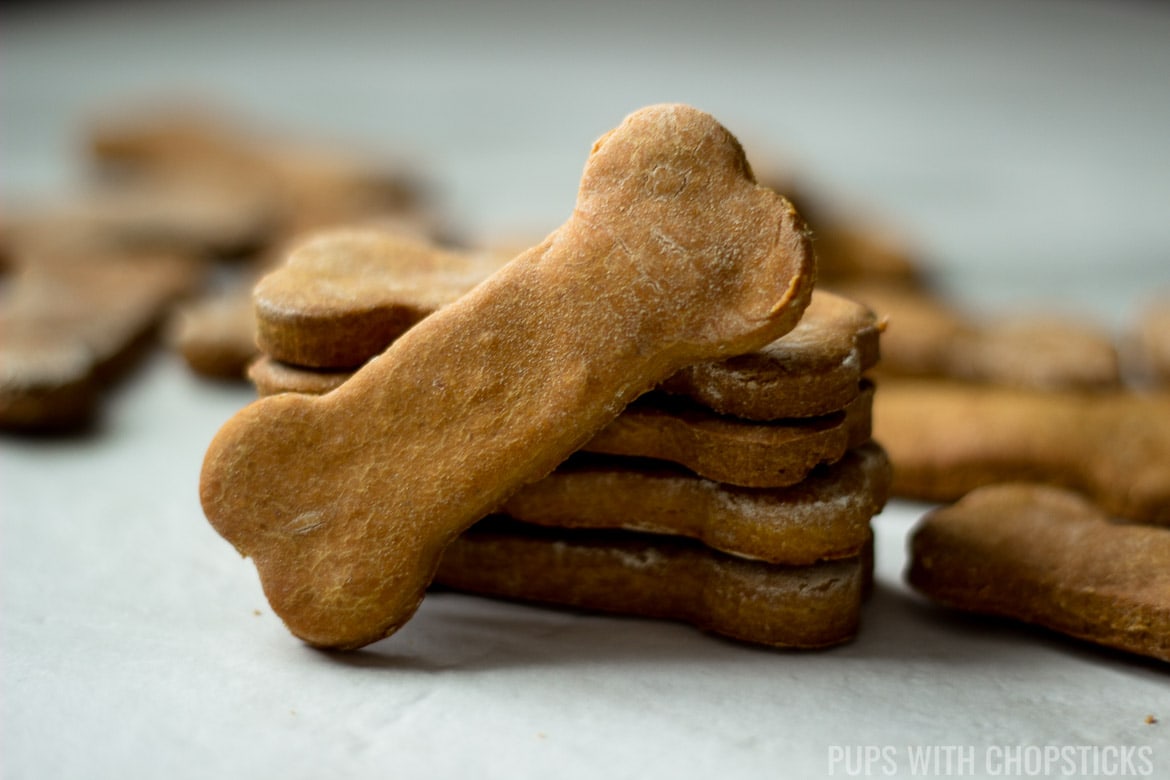
Creating a Balanced Diet for Your Dog
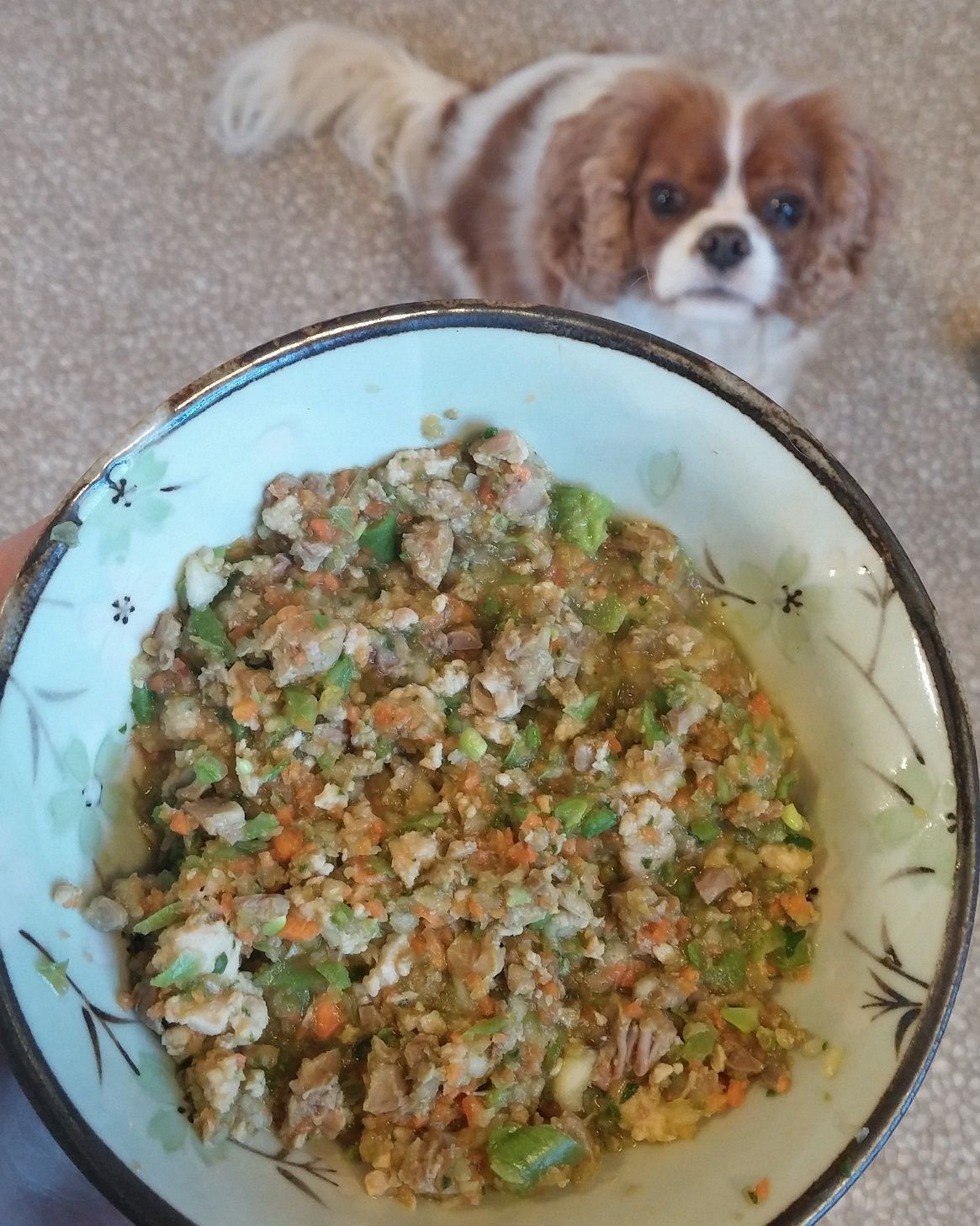

When making homemade dog food, it's important to create a balanced diet that meets your dog's individual needs. The following are some general guidelines for creating a balanced diet for your dog:
- Protein: Dogs need a diet that is high in protein. The recommended amount of protein for dogs is 2-3 grams per pound of body weight per day.
- Fats: Dogs need a diet that is rich in healthy fats. The recommended amount of fat for dogs is 1-2 grams per pound of body weight per day.
- Carbohydrates: Dogs need a diet that contains some carbohydrates, but not too many. The recommended amount of carbohydrates for dogs is 1-2 grams per pound of body weight per day.
- Vitamins and minerals: Dogs need a diet that is rich in vitamins and minerals. The best way to ensure that your dog is getting the vitamins and minerals they need is to feed them a diet that is made with whole, unprocessed foods.

You can use a variety of online resources to help you create a balanced diet for your dog. The following are some helpful resources:
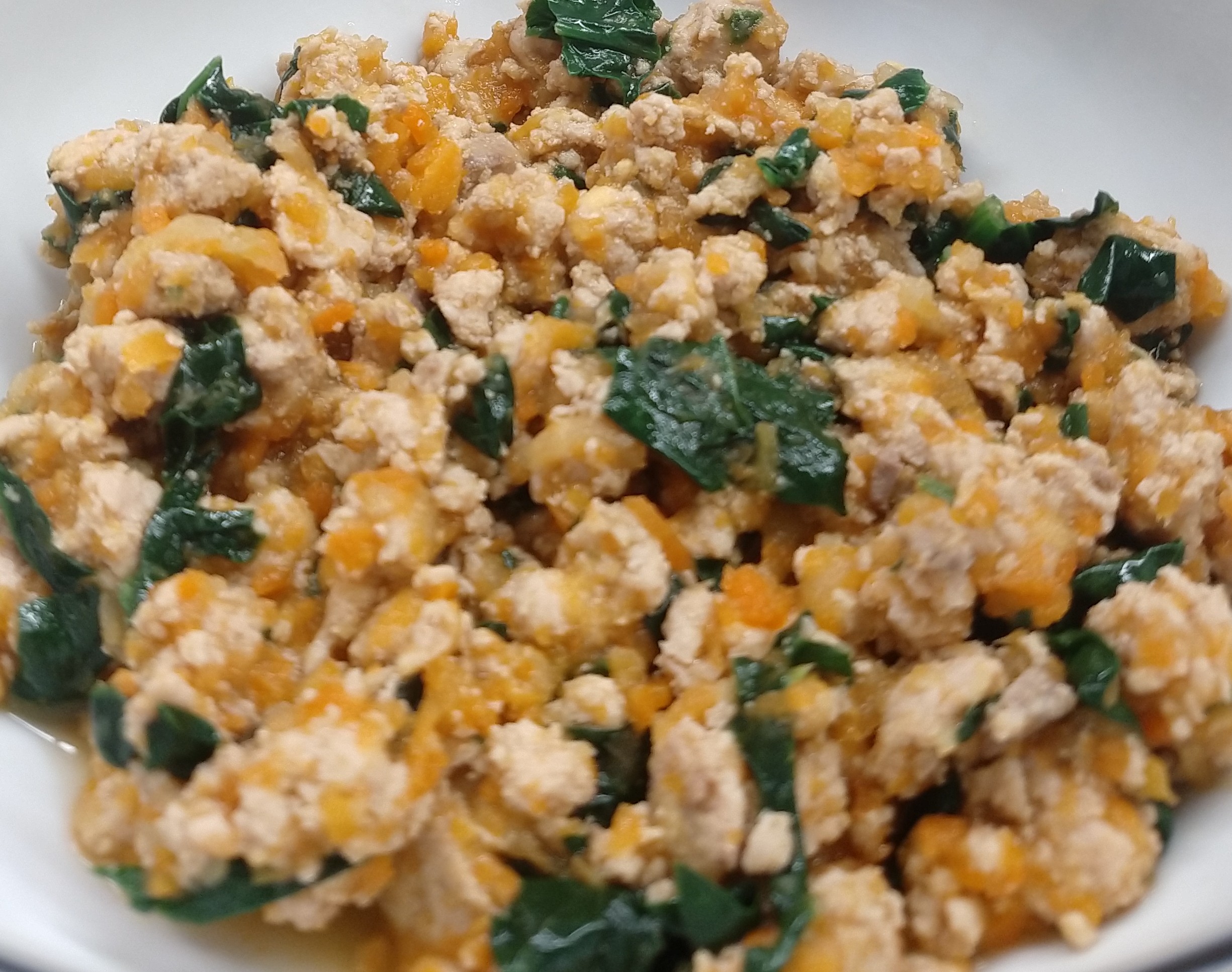

- [The American Kenne

Homemade Dog Food Grain Free
Grain-free dog food is a type of dog food that does not contain grains, such as wheat, corn, or rice. Grain-free dog food is often marketed as being healthier for dogs than traditional dog food that contains grains. However, there is no scientific evidence to support this claim. In fact, some studies have shown that grain-free dog food may be associated with an increased risk of heart disease in dogs.
Despite the lack of scientific evidence, grain-free dog food is still popular among dog owners. Some people believe that grain-free dog food is better for dogs with allergies or sensitivities to grains. However, there is no evidence to support this claim either. In fact, some studies have shown that grain-free dog food may actually be more likely to cause allergies or sensitivities in dogs.

If you are considering feeding your dog a grain-free diet, it is important to talk to your veterinarian first. Your veterinarian can help you determine if a grain-free diet is right for your dog and can recommend a specific grain-free dog food that is nutritionally balanced.
Homemade Grain-Free Dog Food
If you are interested in making your own grain-free dog food, there are a few things you need to know. First, you need to make sure that the food you are making is nutritionally balanced. This means that it contains the right amount of protein, fat, carbohydrates, vitamins, and minerals. You can find recipes for homemade grain-free dog food online or in cookbooks.

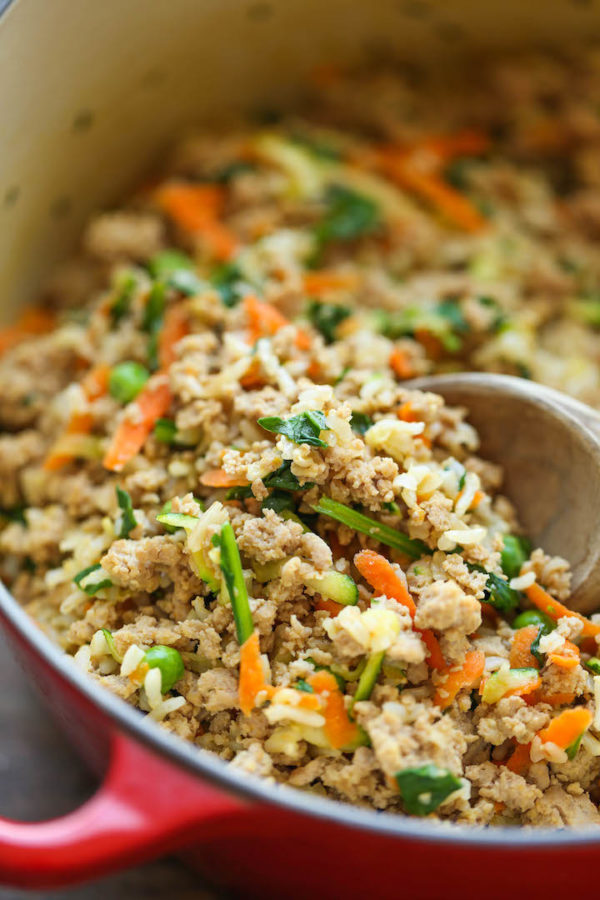
Second, you need to make sure that the food you are making is safe for your dog to eat. This means that you need to use ingredients that are not toxic to dogs. You also need to make sure that the food is cooked properly.
Finally, you need to make sure that the food you are making is fresh. This means that you need to store it properly and use it up within a few days.

If you are not comfortable making your own grain-free dog food, there are a number of commercial grain-free dog foods available. Talk to your veterinarian about which commercial grain-free dog food is right for your dog.


Benefits of Homemade Grain-Free Dog Food
Some people believe that there are several benefits to feeding your dog a homemade grain-free diet. These benefits include:

- Better nutrition: Homemade grain-free dog food can be more nutritionally balanced than commercial dog food. This is because you can control the ingredients that go into the food and make sure that it contains the right amount of protein, fat, carbohydrates, vitamins, and minerals.
- Less allergies and sensitivities: Some people believe that grain-free dog food can help reduce the risk of allergies and sensitivities in dogs. However, there is no scientific evidence to support this claim.
- More natural: Homemade grain-free dog food is more natural than commercial dog food. This is because it is made with fresh, whole ingredients that are not processed or preserved.


Risks of Homemade Grain-Free Dog Food
There are also some risks associated with feeding your dog a homemade grain-free diet. These risks include:

- Nutritional deficiencies: If you are not careful, you could make a homemade grain-free dog food that is not nutritionally balanced. This could lead to health problems for your dog.
- Foodborne illness: If you do not properly store and prepare the food, you could contaminate it with bacteria or other harmful microorganisms. This could lead to foodborne illness in your dog.
- Ingestion of foreign objects: If your dog eats the food too quickly, he or she could choke on a piece of food or ingest a foreign object. This could lead to serious health problems.


Conclusion
Whether or not you decide to feed your dog a homemade grain-free diet is a personal decision. There are both benefits and risks associated with this type of diet. Talk to your veterinarian about what is best for your dog.

Resources

